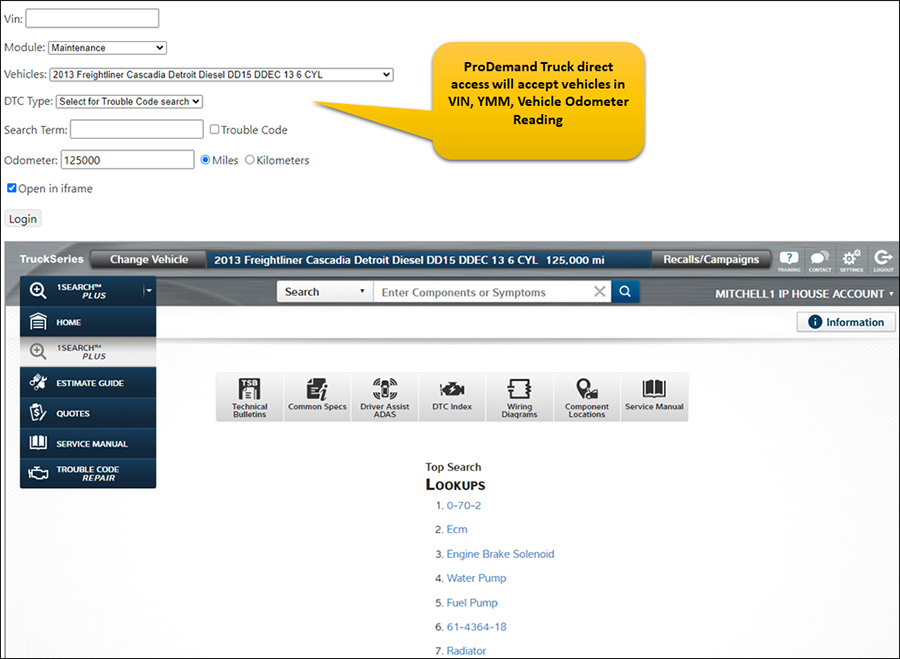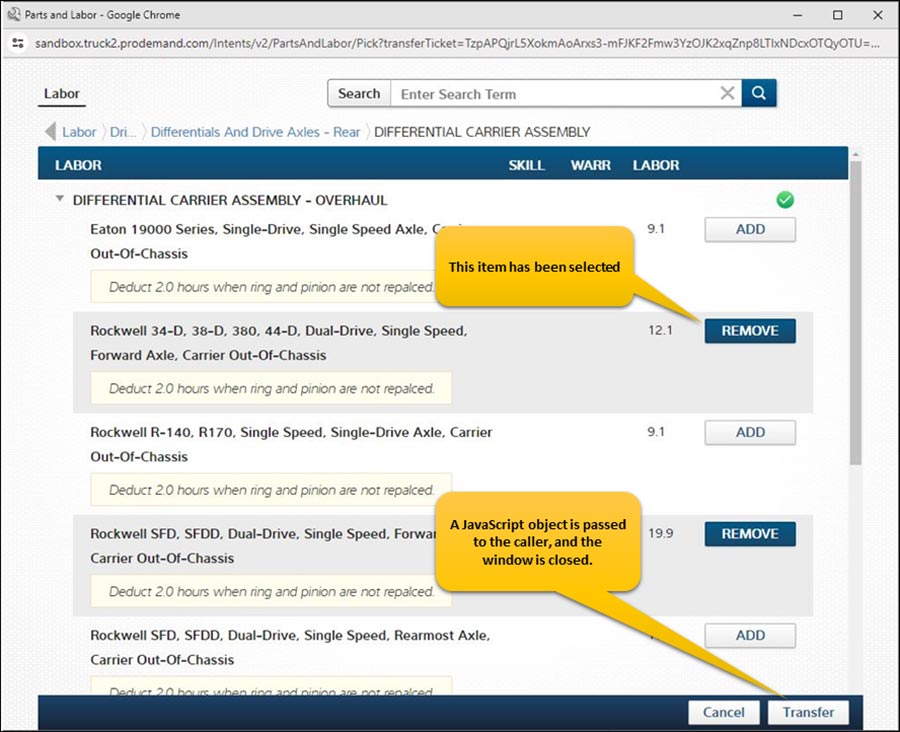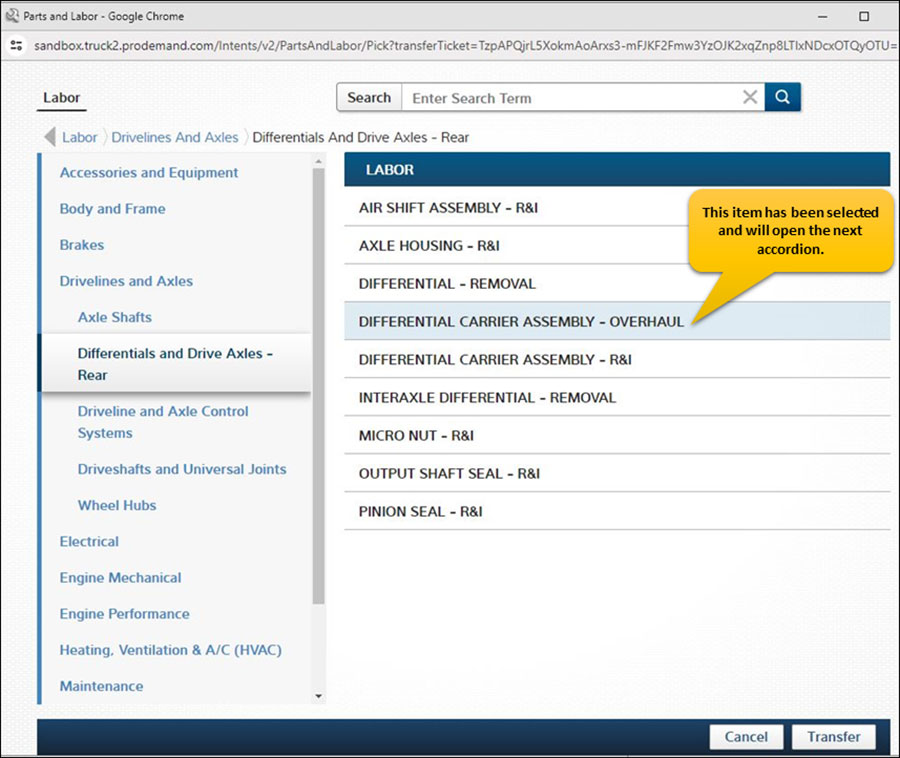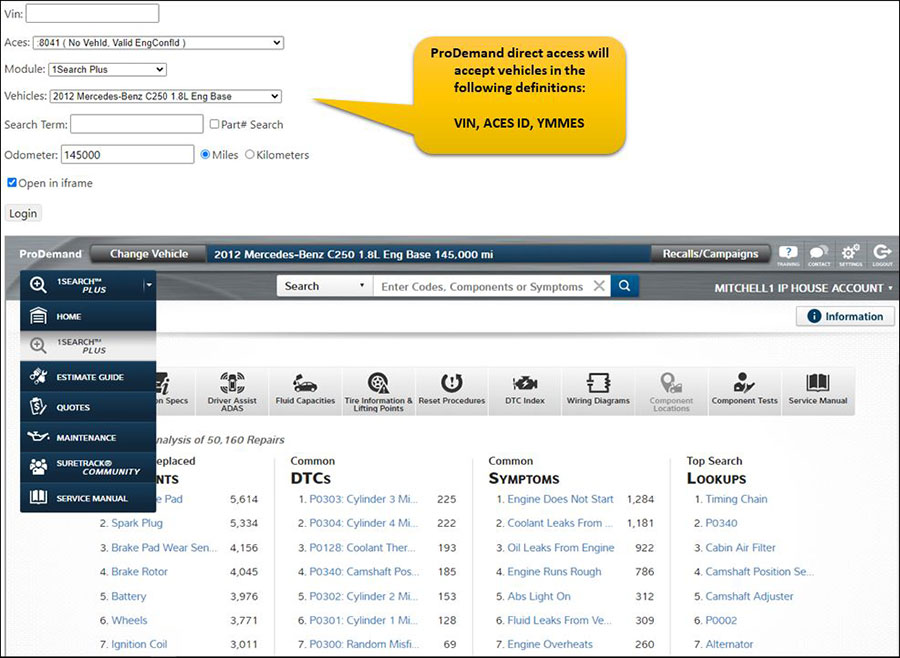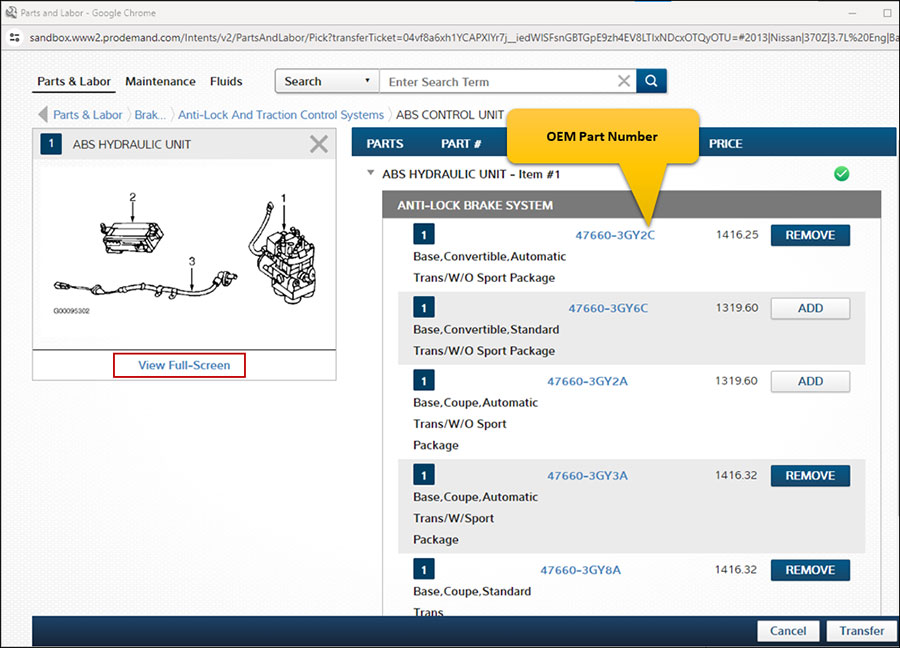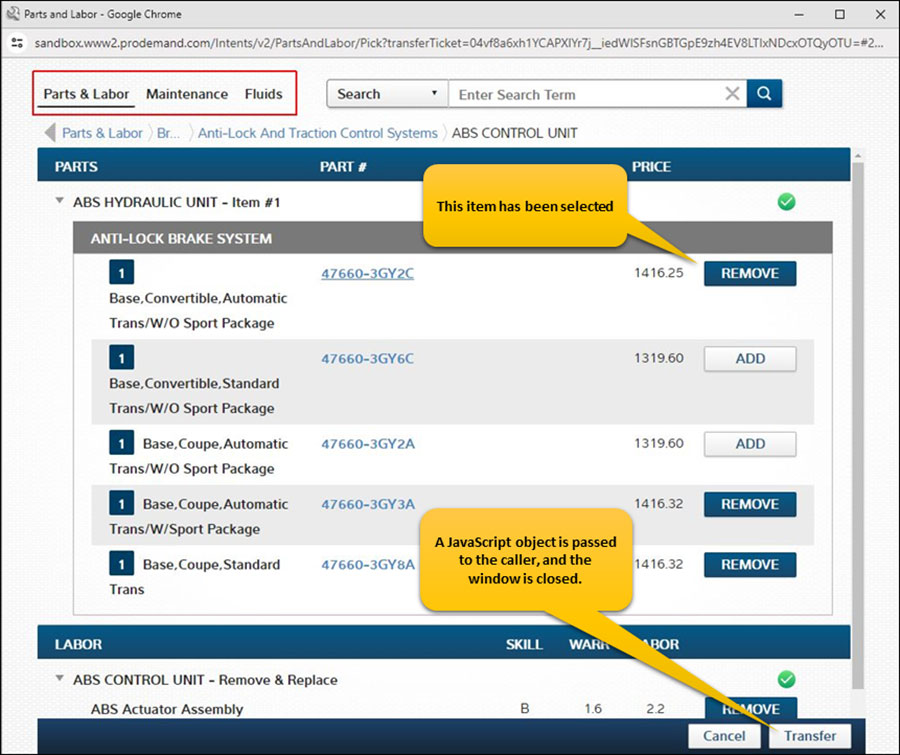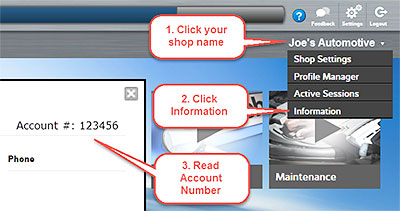“Today’s trucks are significantly more complex than the old truck that my classmate and I (eventually) changed the oil in.”
Loop a rubber band over the middle of two parallel pencils and start turning the pencils in opposite directions. As the pencils are twisted, potential energy is gathered in the rubber band. Let go of one or both pencils and the energy is now kinetic as the pencils flail about in a spectacular display of what people do when there is nothing else interesting going on.
It is possible to get a bit overzealous in the pencil twisting task and winding the rubber band to the point at which the rubber band knots. Then when the pencils are released, nothing happens as the knot inhibits the release of energy.
Nevertheless, the potential energy still exists in the tightly bound rubber band which is discovered when you attempt to undo its knot. At that point, the fun generally concludes and the whole mess ends up in the trash.
Springs that may strike
There are numerous components on a truck that hold potential energy. Springs are well known to look static but hold a lot of potential energy. Therefore, care must be taken when working around springs to avoid injury should the energy be unexpectedly released.
Springs are not the only common source of potential energy. A long time ago, some guy named Newton came up with a fairly complicated theory as to why objects fall to the ground. Consequently, we have learned that heavy objects need to be secured to avoid the phenomenon displayed by the release of kinetic energy as the heavy object comes into contact with one’s toes. Yes, gravity has its drawbacks.
What about other lesser-known sources of potential energy waiting to be released?
Worldly forces behind the driveshaft
A driveshaft likely seems a fairly innocuous component when it sits still in an unmoving vehicle. Granted, a driveshaft can be heavy and somewhat awkward when multiple shafts are linked together.
However, a driveshaft can hold potential energy in the twisting force not released between the engine/transmission and the wheels connected to the ground. When the transmission remains engaged the engine’s compression force holds the transmission in place.
Then, a forward or reverse force from the wheels is held in place by the stationary wheels or the parking brake to the driveshaft. As a result, when the technician unbolts an end of the driveshaft, the potential energy is suddenly converted to kinetic energy as the heavy driveshaft bangs, however briefly, against whatever is in its way. The “whatever” can easily be the technician’s body.
The release of energy before removing a driveshaft is a simple process. Knowing how to carry out the process and actually carrying it out is perhaps the greater challenge. Placing the transmission in Neutral releases the potential energy from the twisted driveshaft.
There may be other potential hazards when working with the driveshaft, so be sure to consult the appropriate service information before carrying out any service.
EDITOR’S NOTE: Check out Jake Schell’s complete line-up of monthly columns in Fleet Equipment Magazine at https://www.fleetequipmentmag.com/author/jake-schell/

